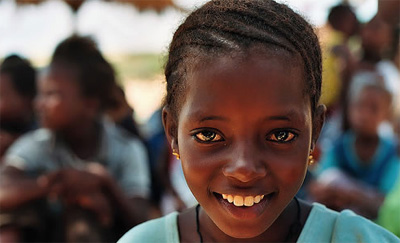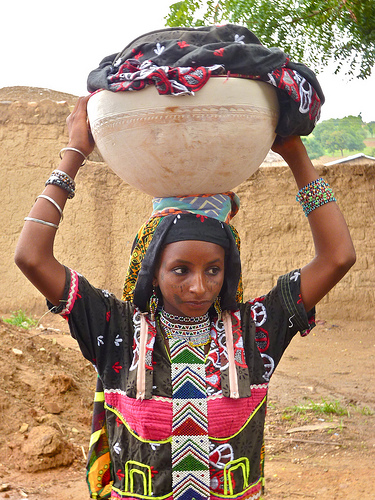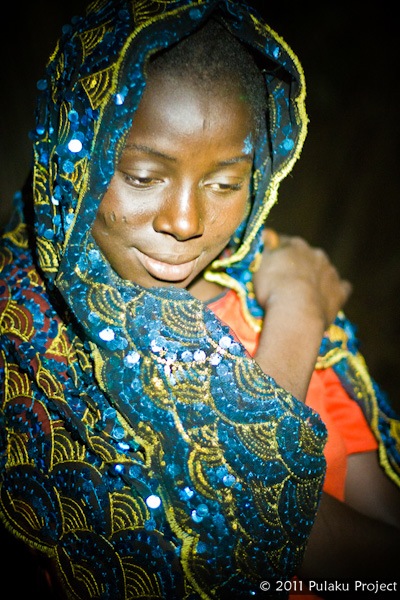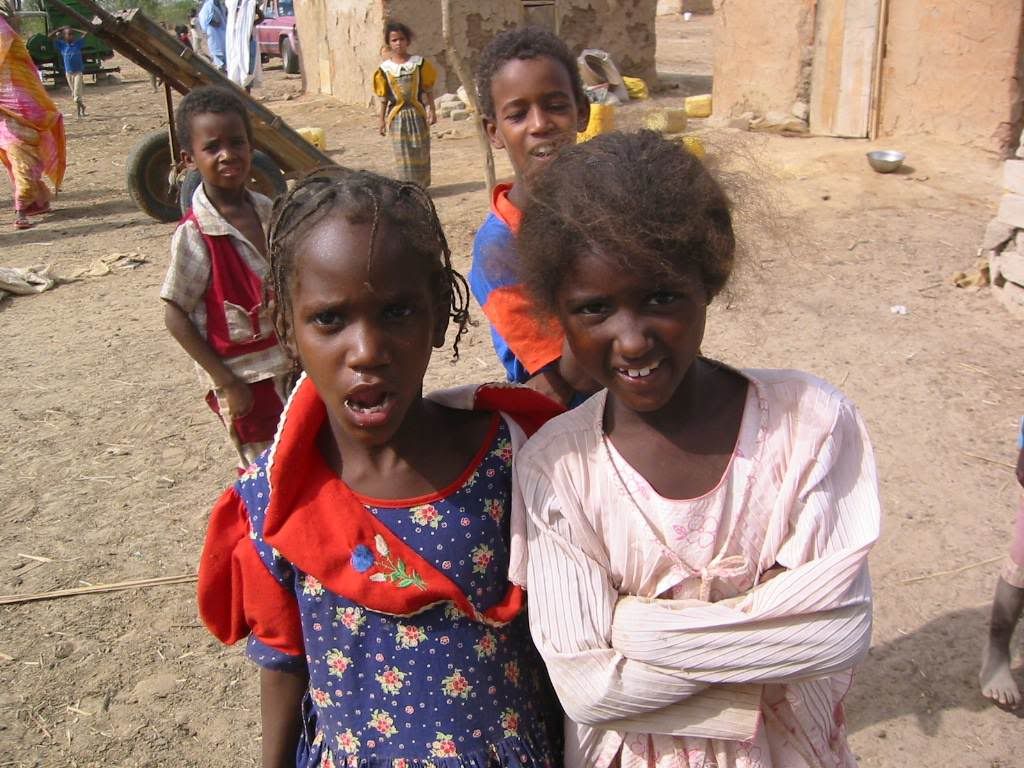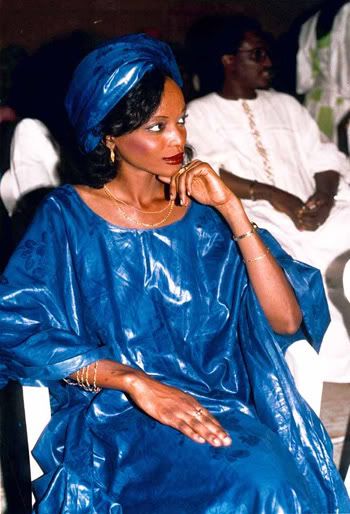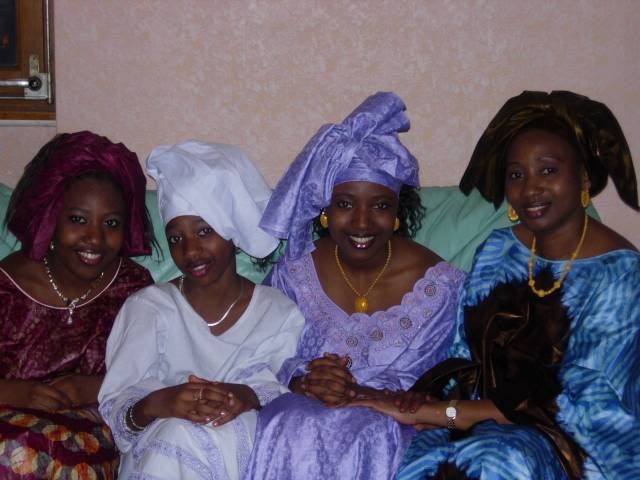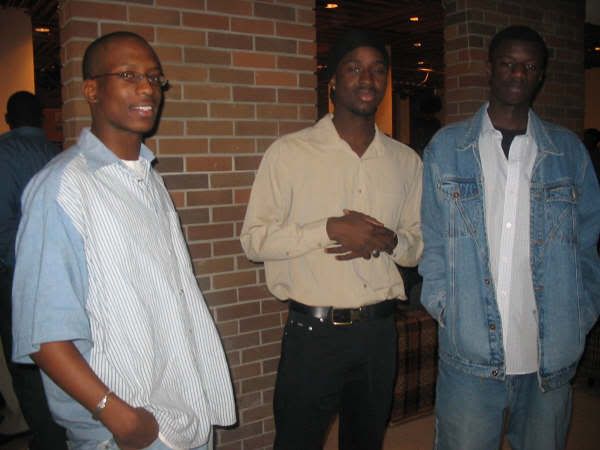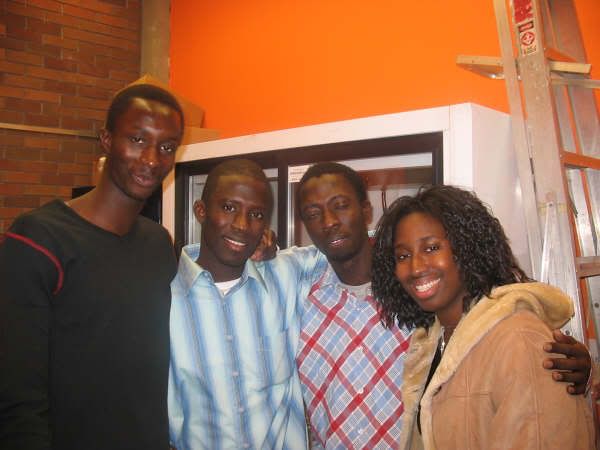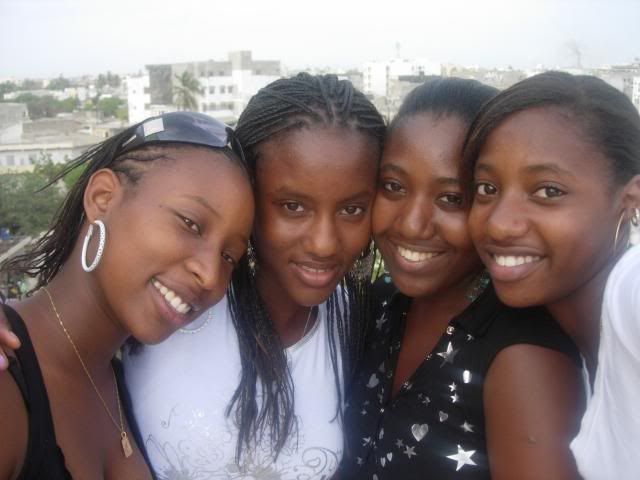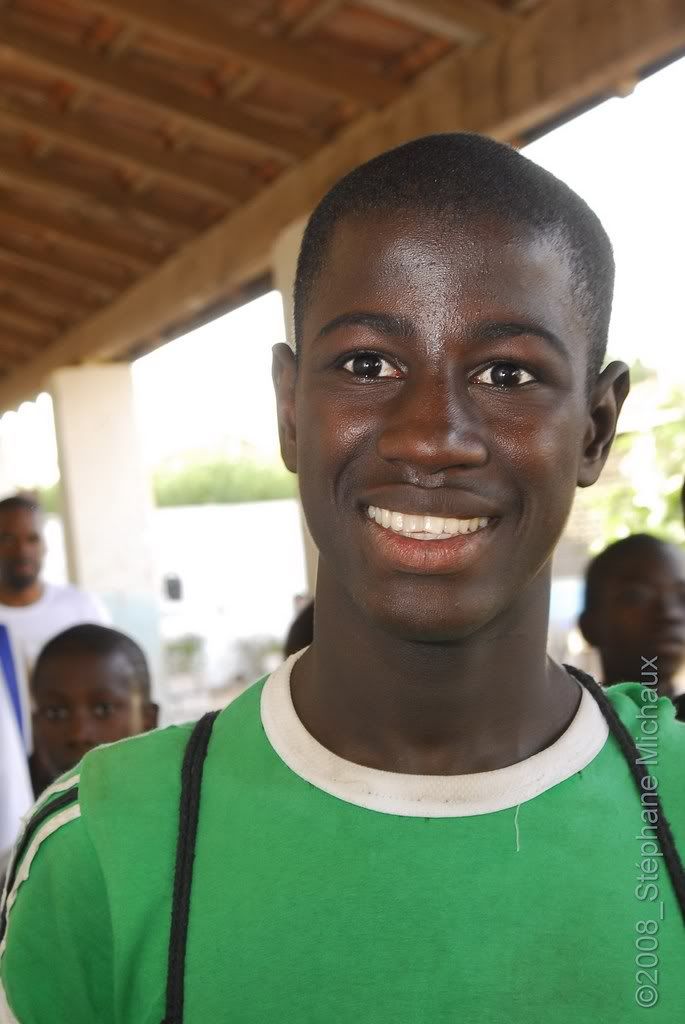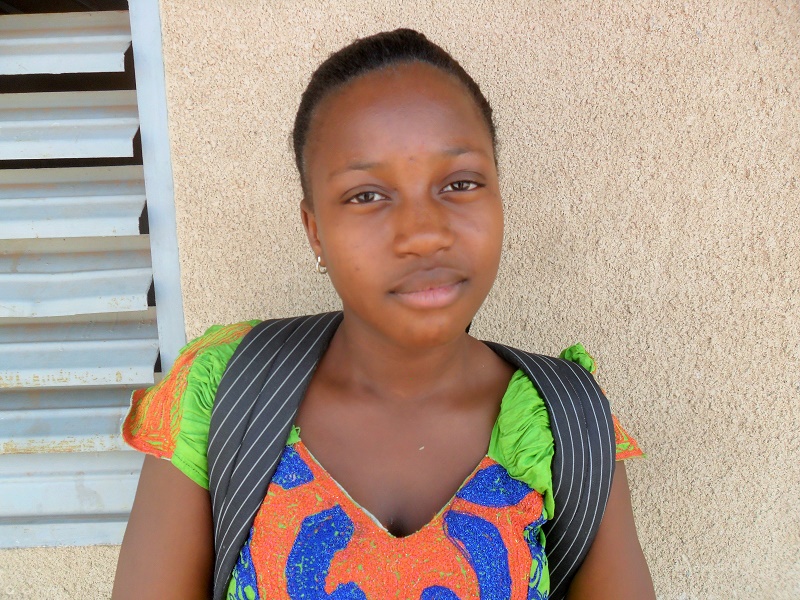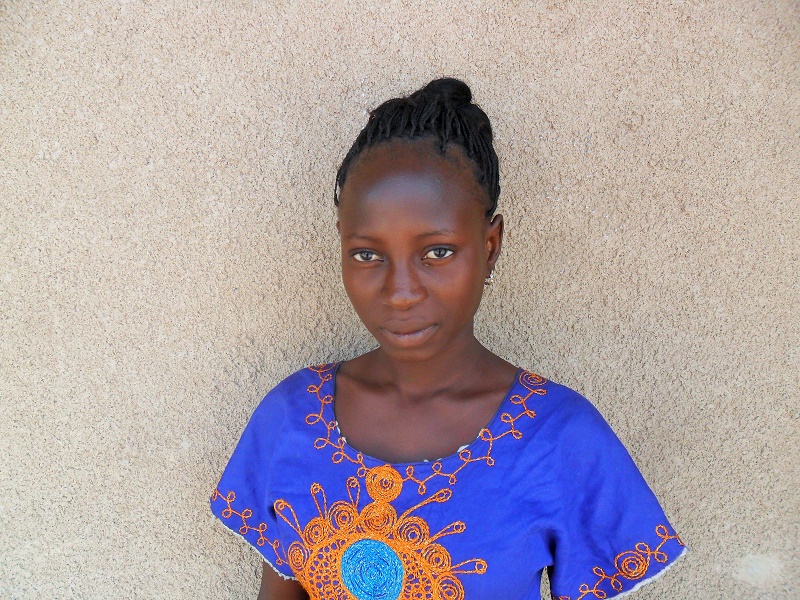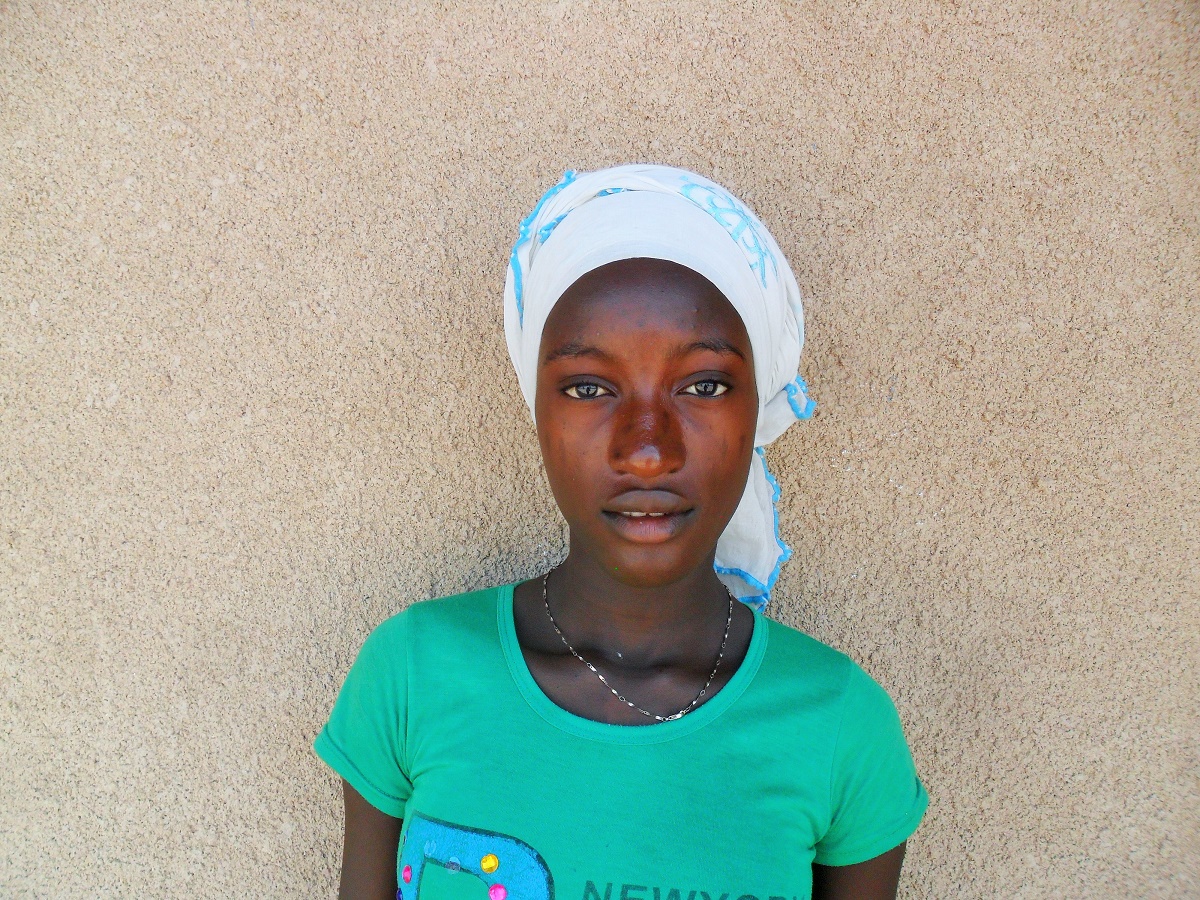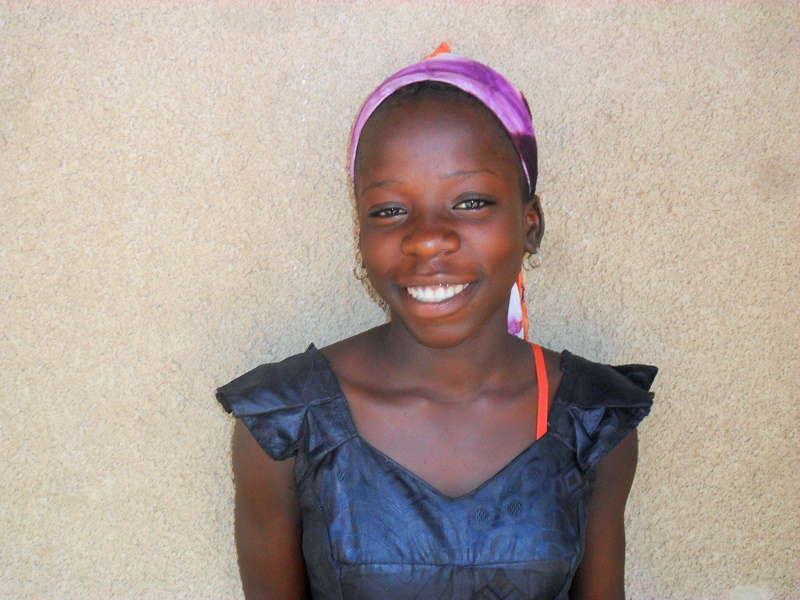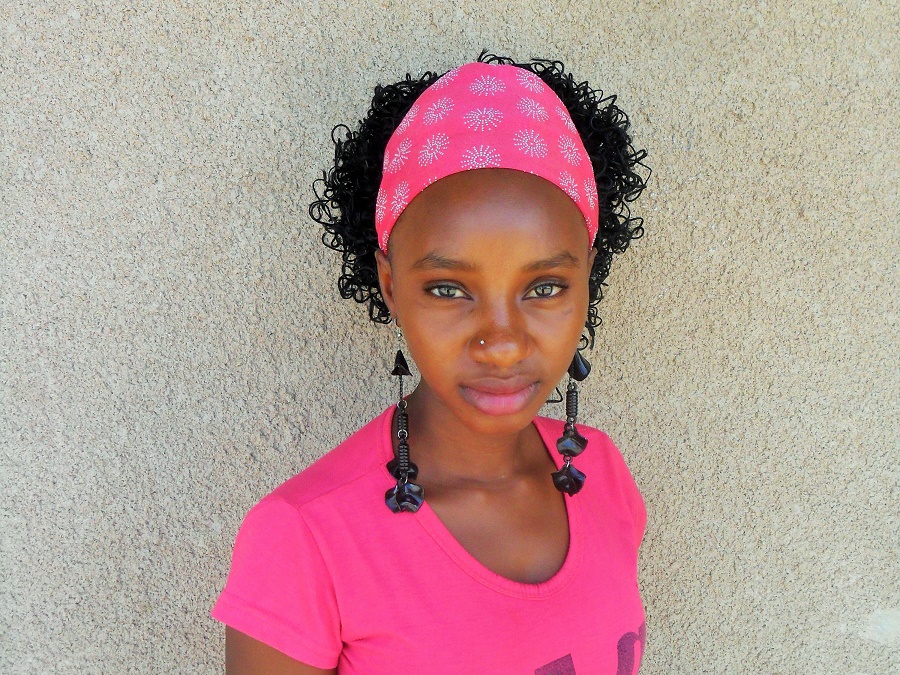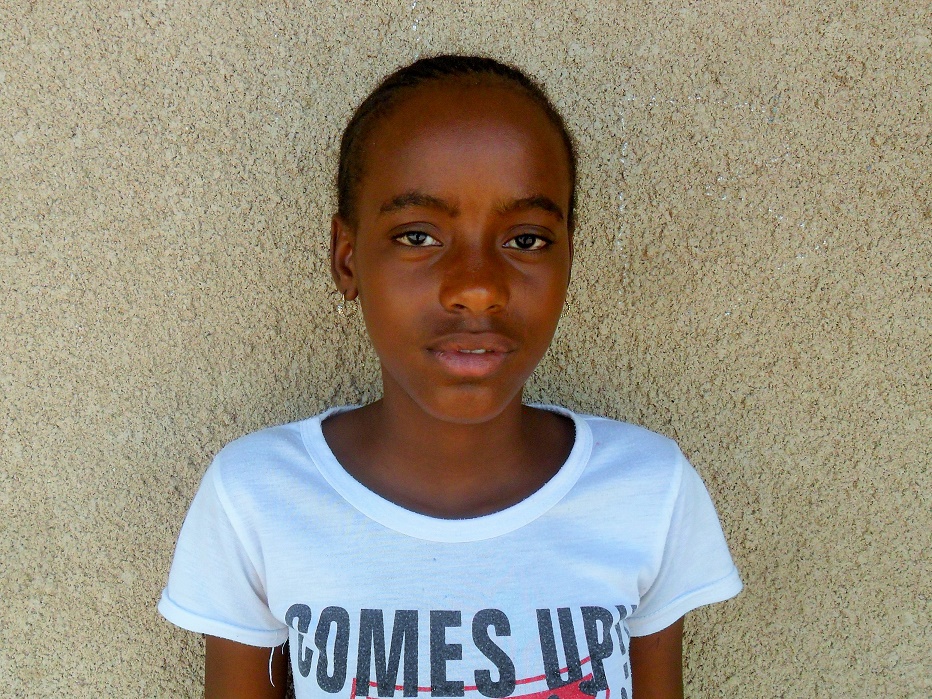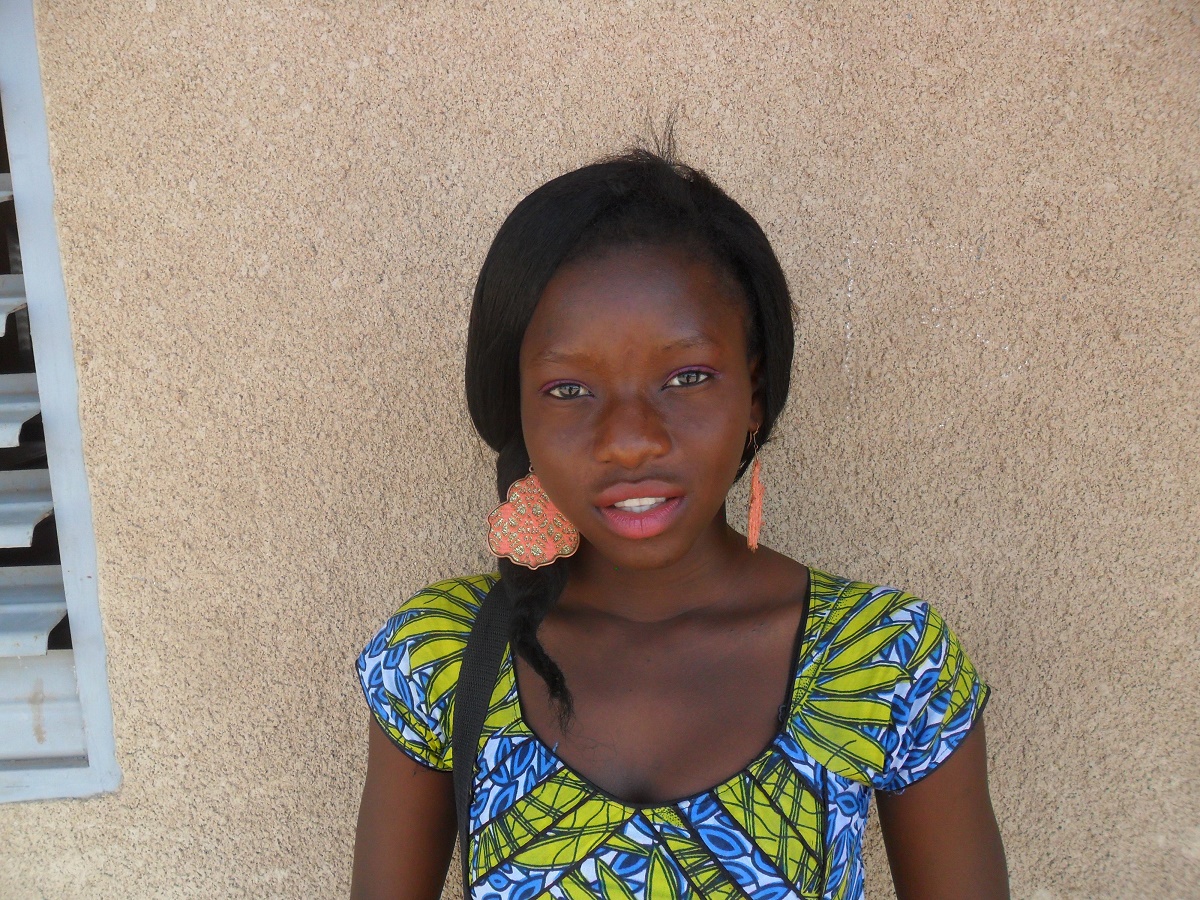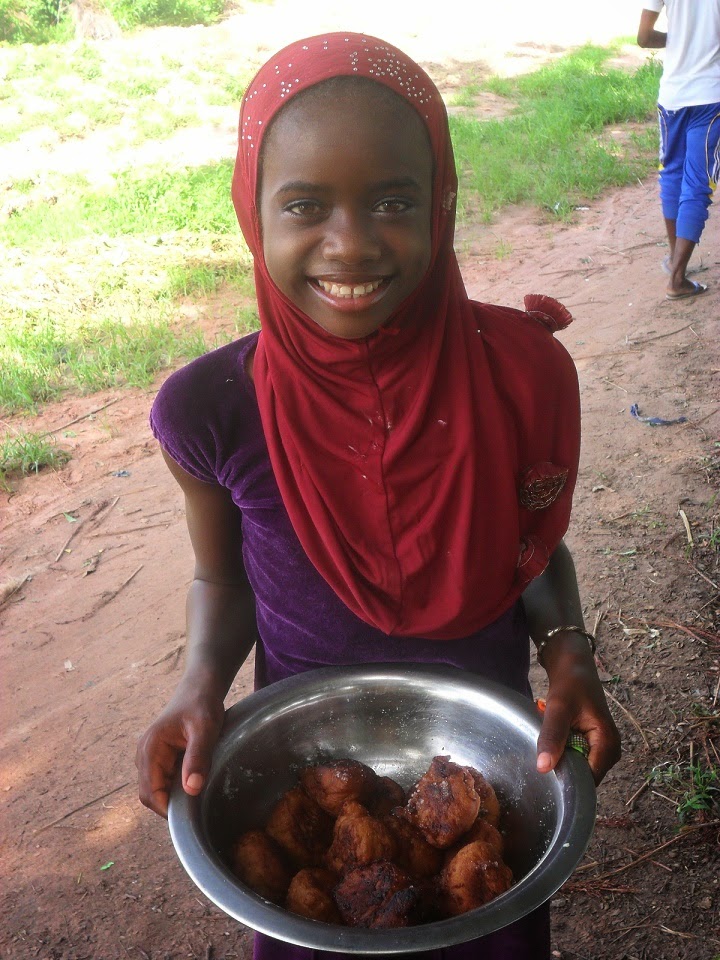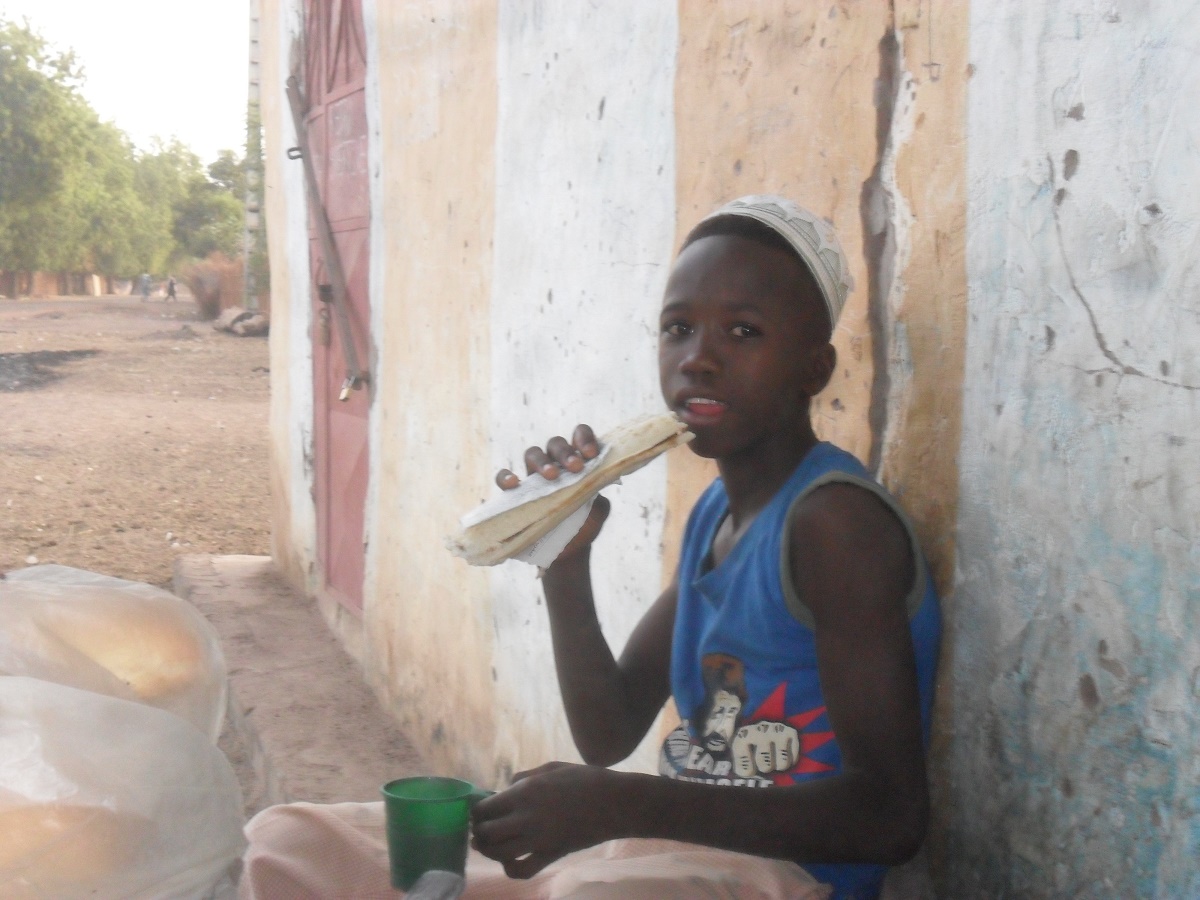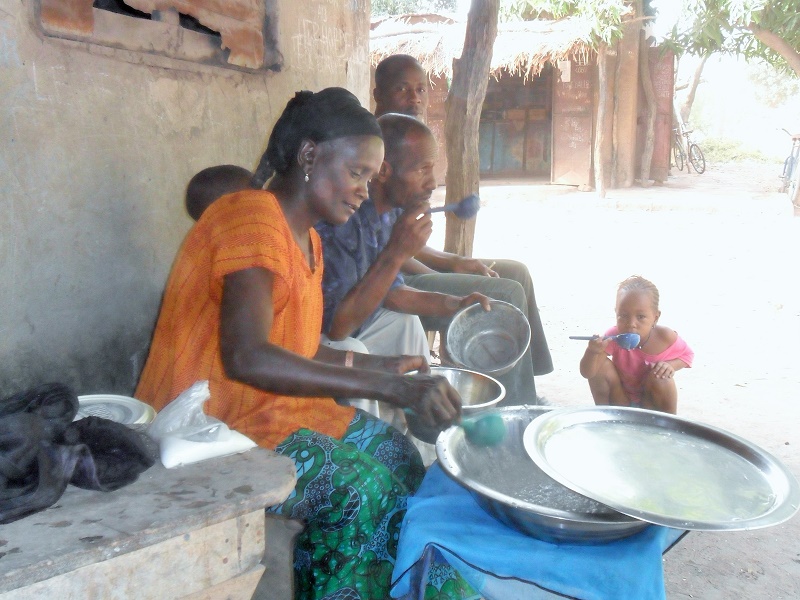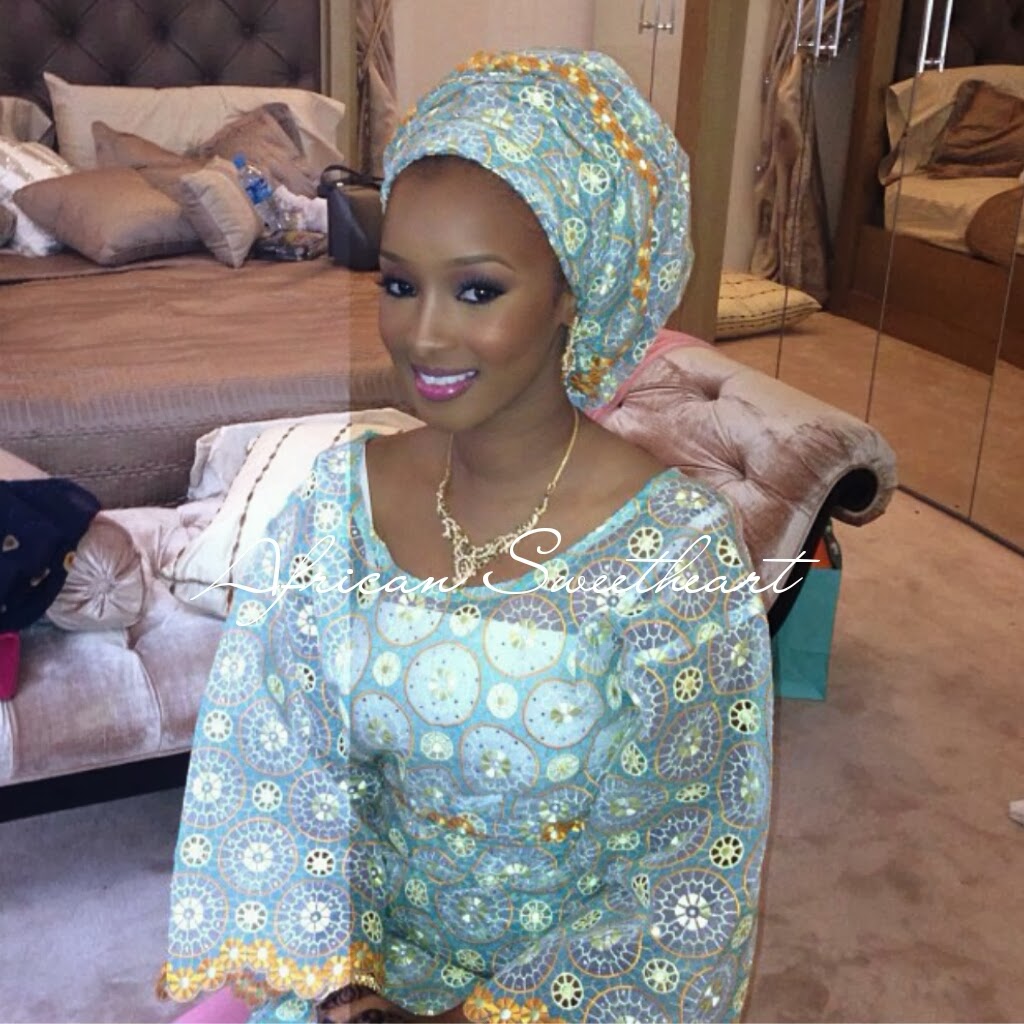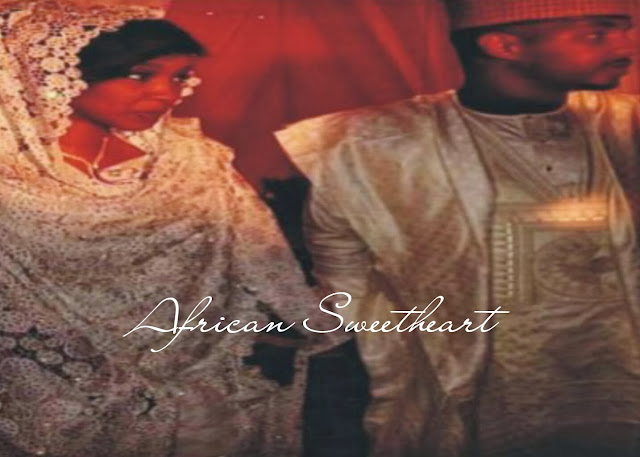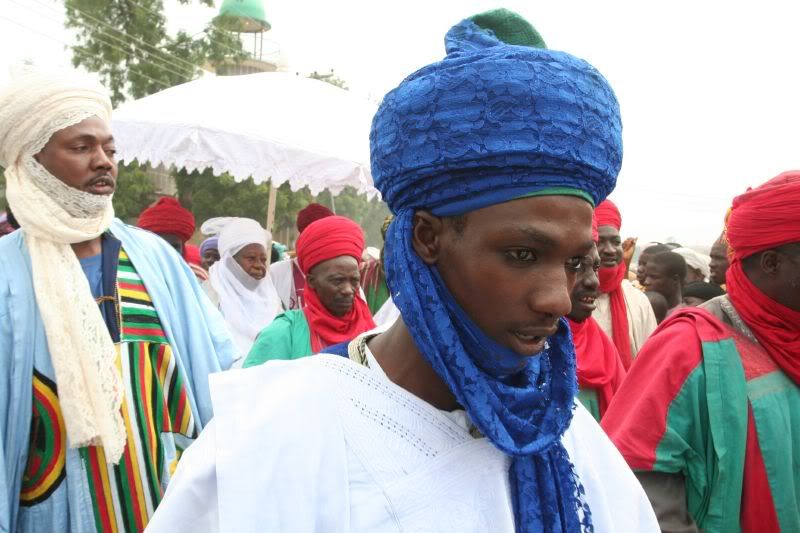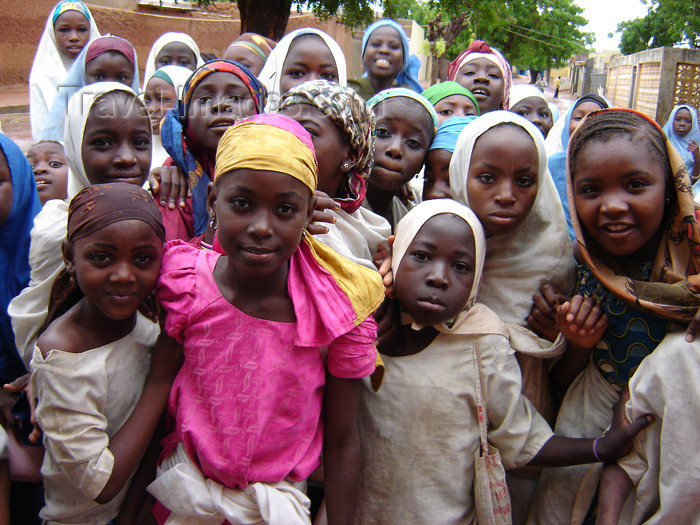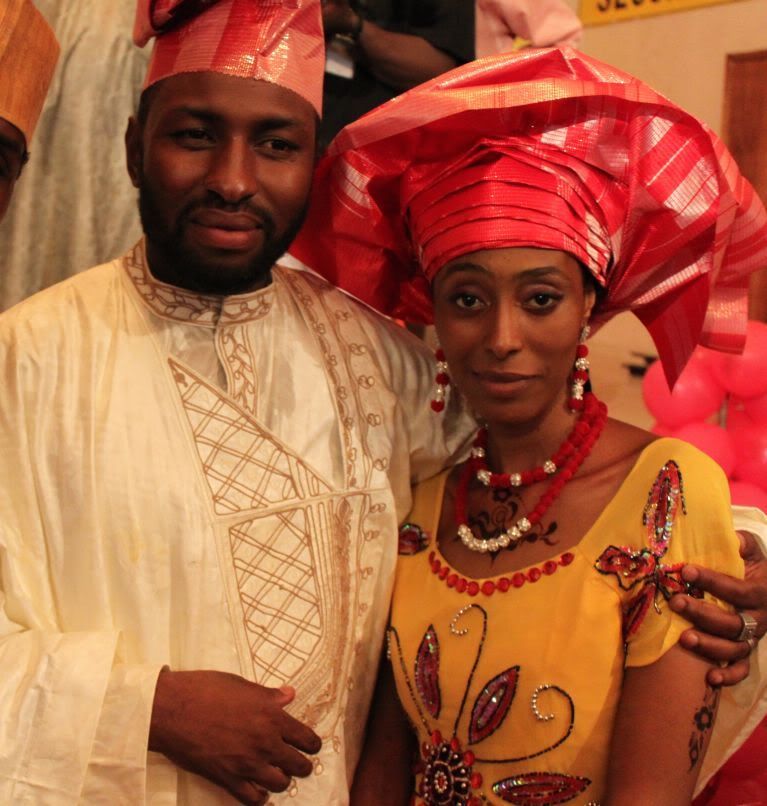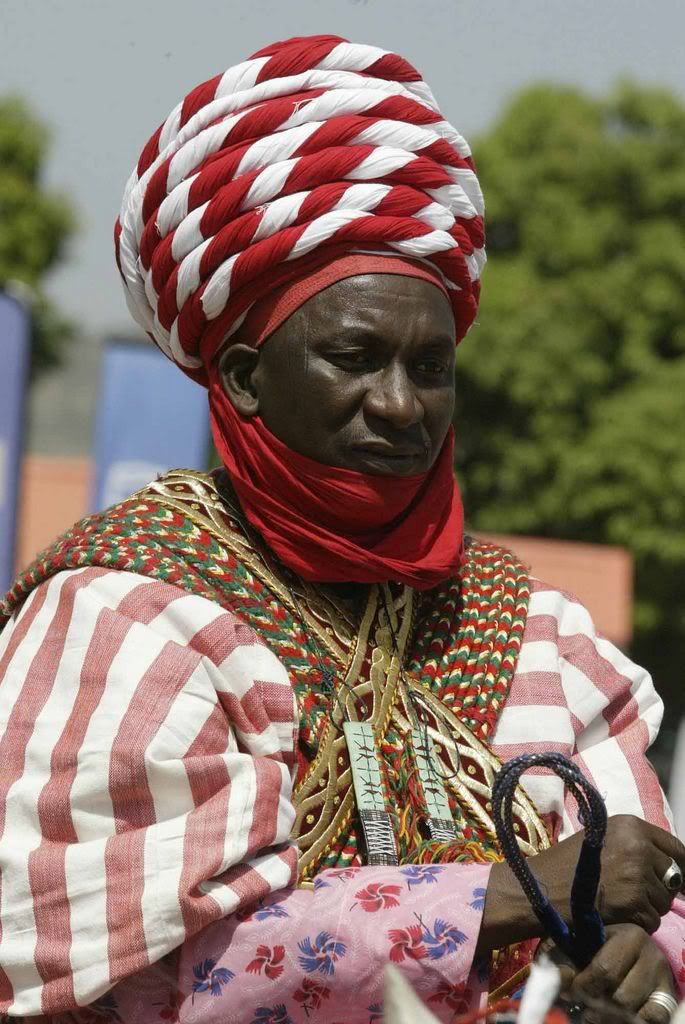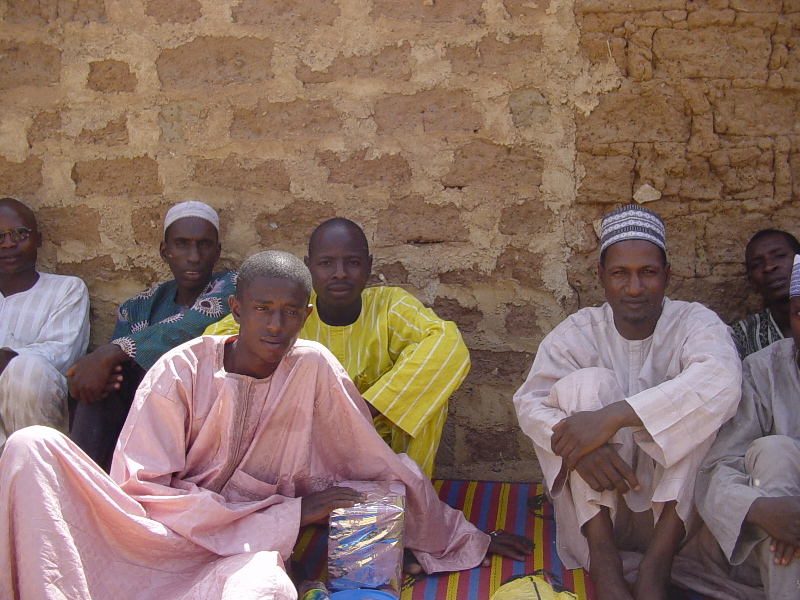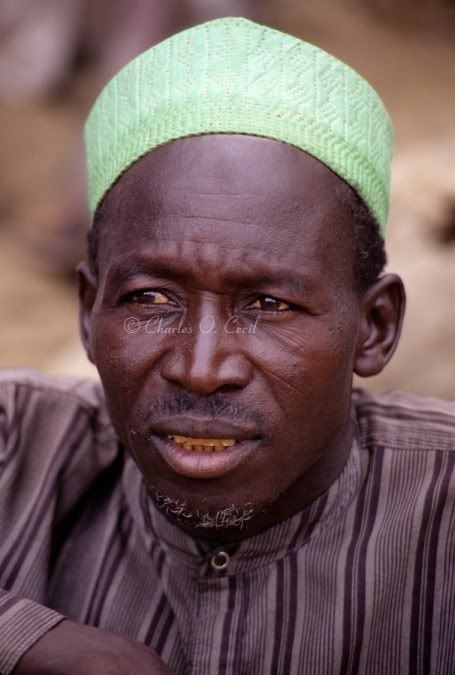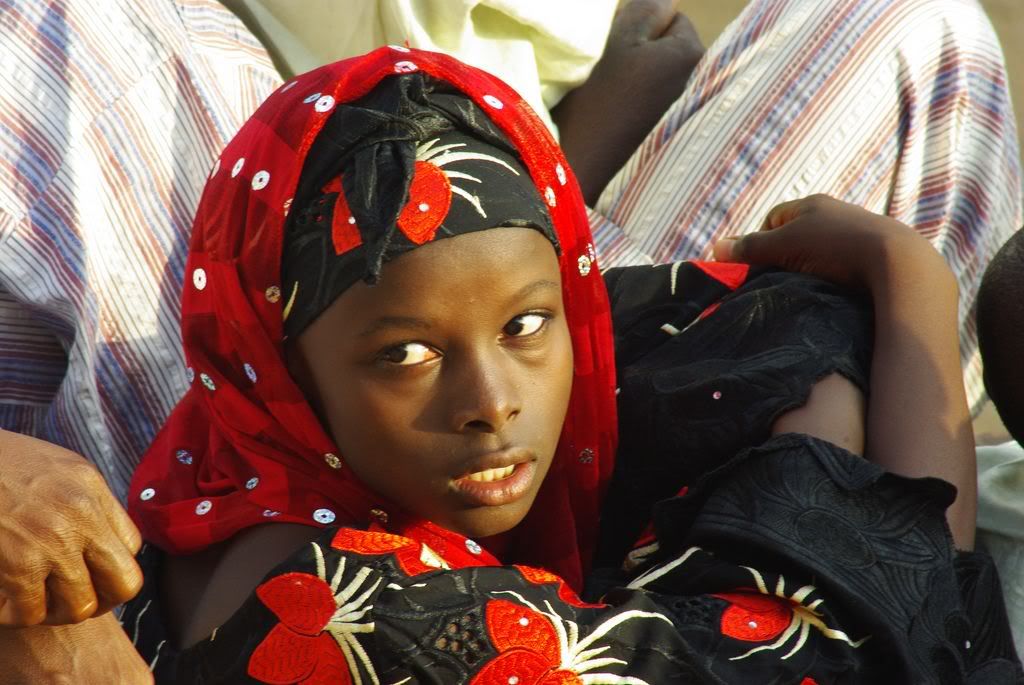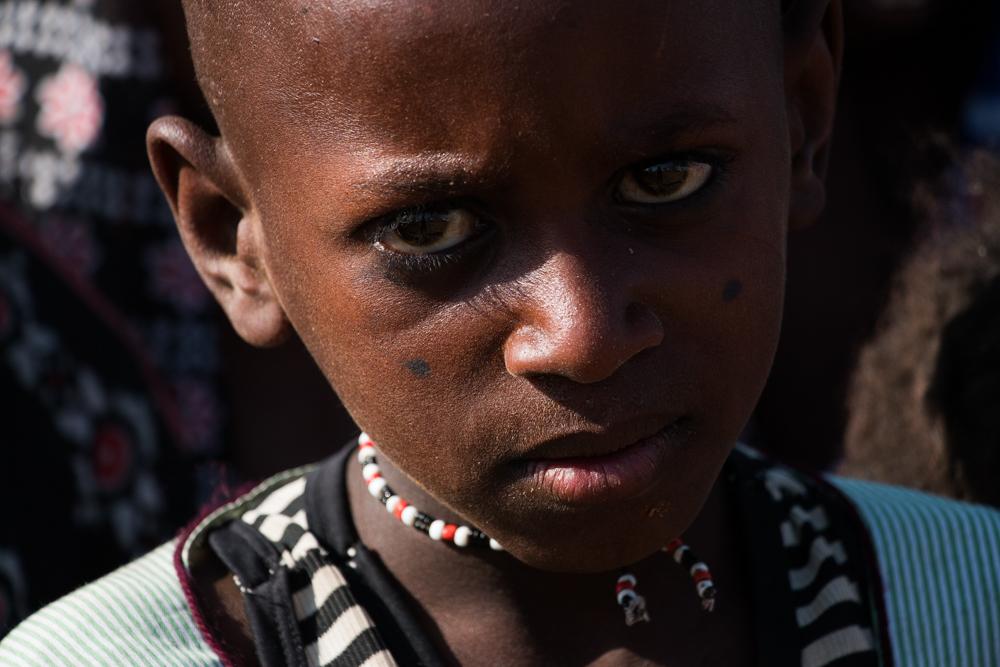Sauanaffe Tustunnagee
Banned
TRADITIONAL GARB IN TANZANIA:
Tanzaniais well known for its khanga. The khanga is a printed cotton rectangular piece of cloth usually measuring1.5m by 1m with a border which may have a proverb written on the lower side. It is worn all over East Africa. The khanga is mostly worn by women while doing household chores, or when they need to cover up clothes that might be deemed improper.
The Kitenge and Kikoy are other pieces of clothes that are also worn as outfits in East Africa as a whole, but more so at the Coast. These days these pieces of fabric are also used to make clothes. Whereas the women wear two khangas, men at the Coast tie the khanga/kikoy at the waist down.

TRADITIONAL GARB IN RWANDA:
In Rwanda, the Umushanana is worn by women and girls. The outfit is a long lined skirt with a separate scarf tied over the shoulder. It is made of lightweight colorful material such as chiffon. Traditionally, the umushanana is worn by older women, but these days modern designs have transformed the attire to resemble the Indian Sari, and younger women have embraced the style. It is also worn in Burundi. The men dress in colorful khangas around their waists.

TRADITIONAL GARB IN KENYA:
Kenyans don’t have what you would call a national, traditional outfit. However, most people identify Kenya with the Maasai tribe’s way of dressing. The Maasai wear a shuka, which is a brightly colored piece of cloth that is usually red, blue or purple. They also wear heavily beaded accessories. The Maasai people are also found in Tanzania, so the region also identifies with the shuka and accessories.

Tanzaniais well known for its khanga. The khanga is a printed cotton rectangular piece of cloth usually measuring1.5m by 1m with a border which may have a proverb written on the lower side. It is worn all over East Africa. The khanga is mostly worn by women while doing household chores, or when they need to cover up clothes that might be deemed improper.
The Kitenge and Kikoy are other pieces of clothes that are also worn as outfits in East Africa as a whole, but more so at the Coast. These days these pieces of fabric are also used to make clothes. Whereas the women wear two khangas, men at the Coast tie the khanga/kikoy at the waist down.

TRADITIONAL GARB IN RWANDA:
In Rwanda, the Umushanana is worn by women and girls. The outfit is a long lined skirt with a separate scarf tied over the shoulder. It is made of lightweight colorful material such as chiffon. Traditionally, the umushanana is worn by older women, but these days modern designs have transformed the attire to resemble the Indian Sari, and younger women have embraced the style. It is also worn in Burundi. The men dress in colorful khangas around their waists.

TRADITIONAL GARB IN KENYA:
Kenyans don’t have what you would call a national, traditional outfit. However, most people identify Kenya with the Maasai tribe’s way of dressing. The Maasai wear a shuka, which is a brightly colored piece of cloth that is usually red, blue or purple. They also wear heavily beaded accessories. The Maasai people are also found in Tanzania, so the region also identifies with the shuka and accessories.




